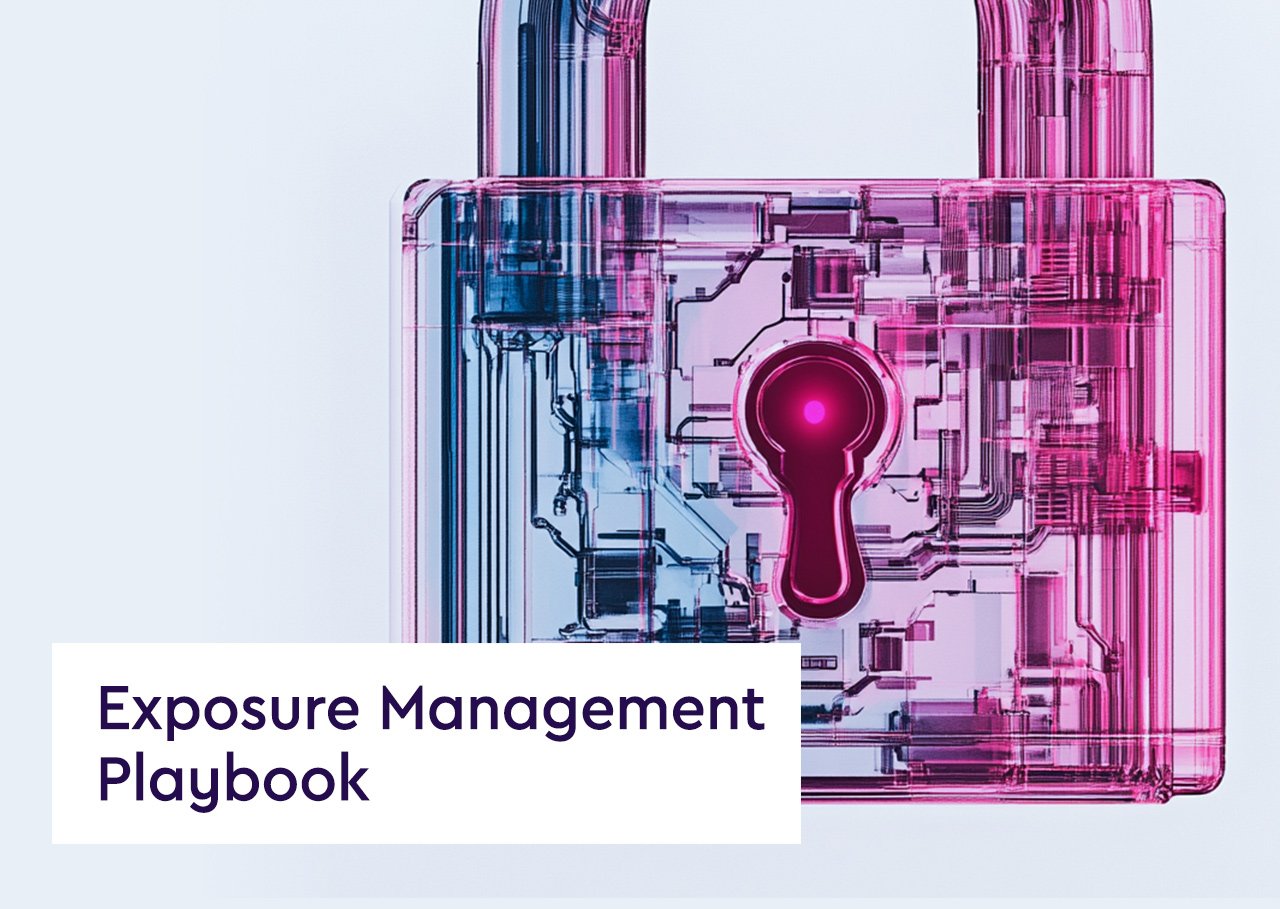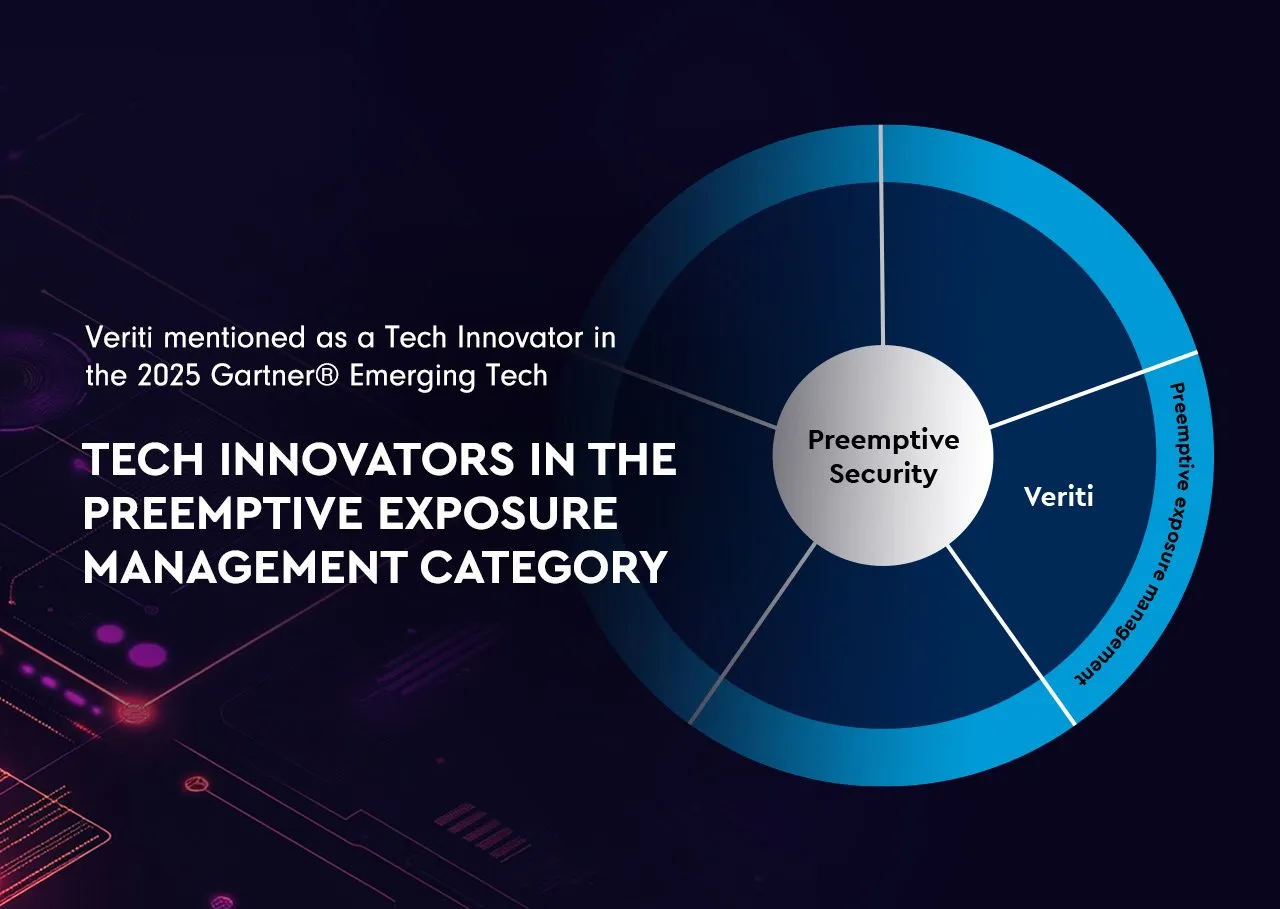Definition: Cloud Workload Security refers to the protection of workloads in cloud environments, including virtual machines, containers, and serverless functions. It involves implementing security measures to protect data, applications, and underlying infrastructure from threats such as unauthorized access, data breaches, and malicious attacks.
Key Components of Cloud Workload Security:
- Workload Configuration and Hardening: Ensuring that all cloud workloads are configured securely to minimize vulnerabilities and reduce the attack surface.
- Runtime Protection: Monitoring workloads in real-time to detect and respond to threats as they occur, utilizing behavioral analytics and machine learning techniques.
- Vulnerability Management: Regularly scanning for vulnerabilities in workloads and applying necessary patches and updates to mitigate risk.
- Network Security: Implementing network segmentation and strict firewall policies to control traffic to and from workloads, preventing unauthorized access.
- Identity and Access Management (IAM): Controlling and monitoring user access to cloud resources to ensure that only authorized users can interact with sensitive workloads.
Benefits of Cloud Workload Security:
- Enhanced Protection: Provides security measures tailored to protect dynamic and scalable cloud-based workloads.
- Compliance Assurance: Helps organizations comply with various regulatory requirements by ensuring that workloads are secured according to compliance standards.
- Operational Resilience: Reduces the likelihood of significant security incidents that can disrupt business operations.
- Visibility and Control: Offers greater visibility into cloud operations and more control over the security posture of cloud environments.
Common Challenges in Cloud Workload Security:
- Complexity of Cloud Environments: Managing security across diverse and rapidly changing cloud environments can be challenging.
- Integration Issues: Integrating security solutions across multiple cloud platforms and services while maintaining consistency in security policies.
- Evolving Threat Landscape: Keeping up with new and emerging security threats that specifically target cloud workloads.
Best Practices for Cloud Workload Security:
- Implement Continuous Monitoring: Establish 24/7 monitoring of cloud workloads to quickly detect and respond to potential security incidents.
- Adopt a Zero Trust Security Model: Assume that no entity, internal or external, is trusted by default. Verify and authenticate everything attempting to connect to your systems before granting access.
- Use Encryption: Encrypt sensitive data at rest and in transit to protect it from unauthorized access.
- Regularly Review and Update Security Policies: Continually assess and update security policies and practices to adapt to new threats and changes in the cloud environment.
Cloud Workload Security is crucial for organizations leveraging cloud computing to ensure the protection of their data and applications. As cloud adoption continues to grow, it becomes increasingly important to implement comprehensive security strategies specifically designed for the complexities of cloud environments. By effectively securing workloads, organizations can maintain operational integrity, ensure regulatory compliance, and safeguard sensitive data from cyber threats.




